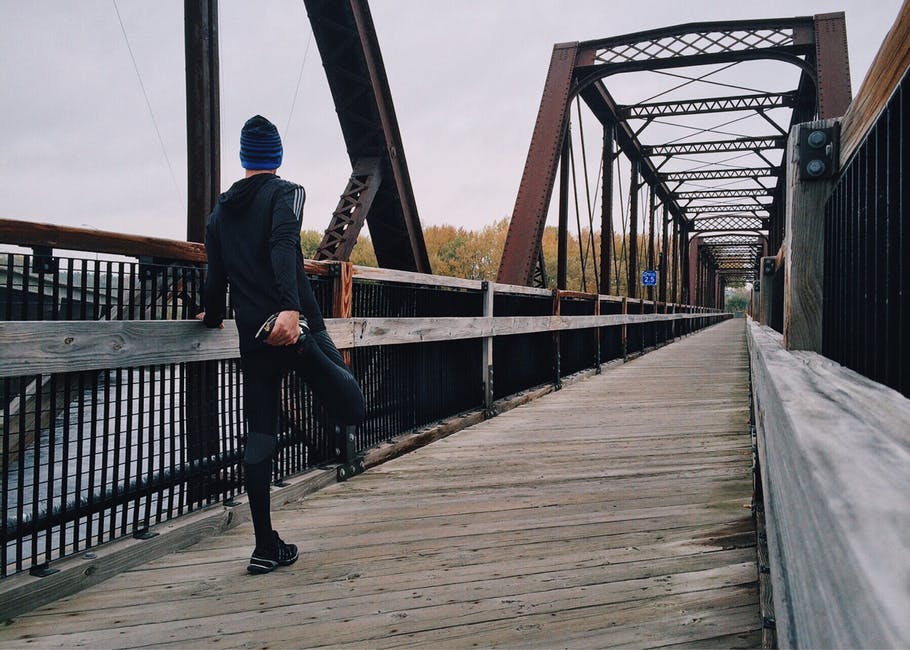When frosty days come, people tend to slow down or put a full stop to their exercising efforts. We’ve all been there – the coldness bothers you, your blanket becomes your best friend, and leaving your bed every morning seems to be mission impossible. However, you have to realize that obstacles should be overcome if you wish to maintain or improve your lifestyle. I agree that the shorter days and the frigid weather can demotivate you, but they are no reason to stop running. A winter night run surely has its benefits, so here are some valuable tips that can motivate you, and hopefully help you keep going strong until spring time.
Table of Contents
#1 Clothing
The numero uno rule: wear the right clothes and protect your extremities. It is crucial for your performance to wear multiple layers of clothes that you can remove at any time. The base should be moisture-wicking, the middle layer should be used for insulation, and the final layers for blocking wind. Protecting your extremities is also a must, because it is where most of our body heat is lost. Warm, thin and breathable socks are a must, as well as a hat and gloves. Here are some directives:
– 30 degrees – Tights, a vest, and a long-sleeve base layer (2 tops, 1 bottom);
– 10-20 degrees – Wind pants over tights and a jacket over a base layer (2 tops, 2 bottoms);
– 0-10 degrees – A jacket and two tops (3 tops, 2 bottoms);
– -10-0 degrees – A scarf wrapped around the mouth and an extra pair of mittens;
Avoid running at temperatures below -10 degrees. A website like https://www.funwirks.com/accessories.html will provide you with the highest quality in the industry.
#2 Don’t Forget to Warm-Up
It is important to get your body and joints loose. Do dynamic stretches, like walking toe touches and leg swings, do a few yoga poses, use a jump rope, or run up and down your stairs quickly. You should always warm-up indoors, because when you walk outside when warm, the cold doesn’t feel so cold.
#3 Hydration
Winter months are drier, so you may not be completely aware of the exact amount of sweating that occurs. On the other hand, you feel less thirsty due to the cold. Your body is still sweating, so make sure you have some water with you (keeping it warmish in a thermos is a good idea).
#4 Be Seen
Even daylight is limited in the winter, so you will need to act accordingly. If you’re about to run in the dark, try wearing reflective tape for clothing or other types of fluorescent gear. Safety is what we’re talking about here, so don’t be shy about lighting yourself up. Some people tend to carry a flashlight or use a headlamp, so they can see where they are going, and so that people can see them. This is especially important if you’re running in urban areas with heavier traffic.
#5 Forget Speed
Winter running is not that much about speedwork as it is about maintenance. Don’t try to sprint, but jog slowly, and try to run at places that are elevated, because the air will be warmer and that makes a big difference. Also, don’t bother yourself to make long runs, because it might get very cold after some time, and that’s an indicator for you to go home.
#6 Be Route Savvy
Find a loop and stick to it. The conditions are icy and slick, and there is less light, so find yourself a safe and fairly lit route with less traffic, if possible. Try running into the wind on your way out and with the wind on your way back, because running with the wind when you’re sweaty will subject you to less stress and cold exposure.
When your winter night run is done, remember to change quickly upon your arrival home. Change everything, head to toe, put a dry hat on your wet hair and consume a hot drink.



